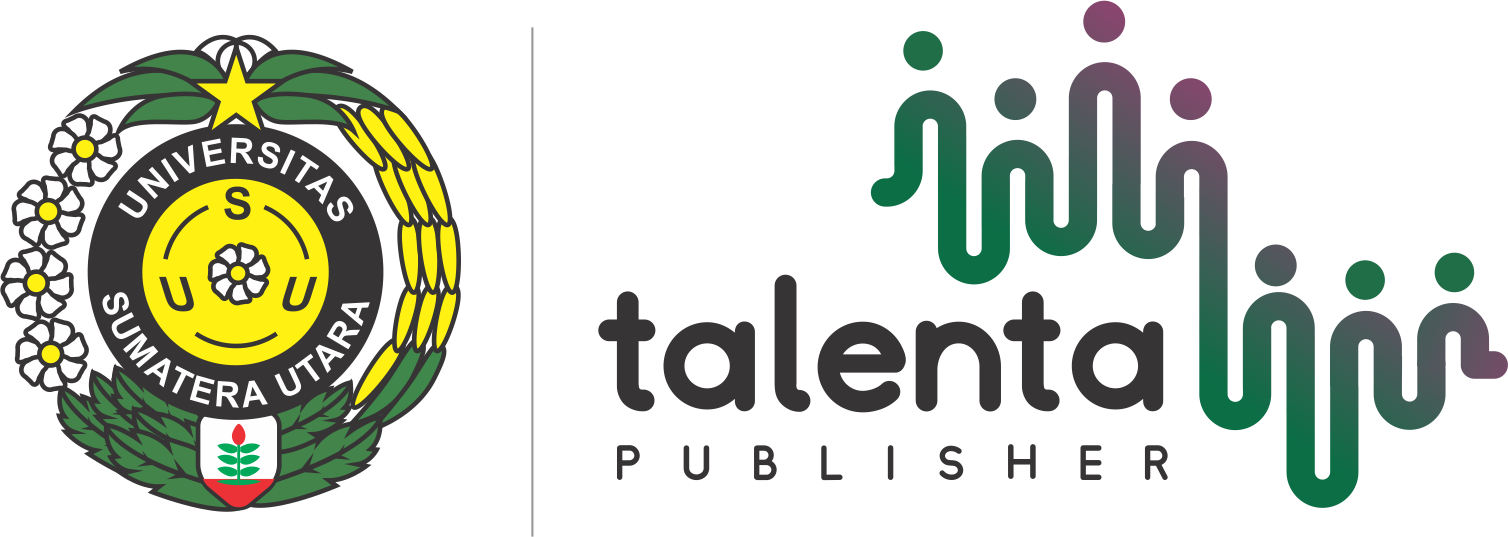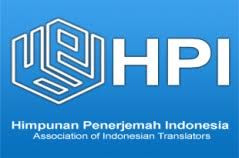Interactive Metadiscourse on Joe Biden’s Presidential Speeches
Keywords:
Presidential speeches, Joe Biden, interactive, metadiscourseAbstract
This research examines the use of interactive metadiscourse markers in three presidential speeches delivered by President Joe Biden, with a focus on transition markers, frame markers, endophoric markers, evidence, and code glosses. It used descriptive qualitative method. The analysis is based on the metadiscourse model by Hyland (2005). Findings showed that transition markers, especially those indicating addition, were the most frequently used, followed by frame markers, endophoric markers, code glosses, and proofs. This study shows how these markers contribute to the coherence and persuasiveness of speech by guiding audience interpretation, organizing discourse, and clarifying intended meaning. In particular, the study identified examples where one marker, for example, had multiple functions across different categories. This study contributes to the understanding of metadiscourse in political speech and highlights the role of such markers in enhancing the effectiveness of presidential communications.
Downloads
References
Adel, A., & Mauranen, A. (2010). Metadiscourse: Diverse and Divided Perspectives. Nordic Journal of English Studies, 9(2), 1. https://doi.org/10.35360/njes.215
Aini, N., & Ekawati, R. (2022). Metadiscourse Markers in CNN Health News Articles. Suar Betang, 17(1), 55–67. https://doi.org/10.26499/surbet.v17i1.329
Aszeli, N. A., Jamil, D. A., & Rahmat, N. H. (2021). a Study of Interactional Metadiscourse on News Article on the Impact of Covid-19 on Education. European Journal of Literature, Language and Linguistics Studies, 4(4), 88–100. https://doi.org/10.46827/ejlll.v4i4.238
Creswell, J. (2014). Qualitative, quantitative, and mixed methods approaches. In Research design (p. 342). SAGE Publications, Inc. http://www.thestar.com.my/news/nation/2016/03/21/schools-in-kedah-and-perlis-to-close-on-tuesday-and-wednesday-due-to-heatwave/
Ekawati, R., & Kurnia, F. D. (2018). Ideology Representation of ‘ Us ’ and ‘ Them ’ Through Material Processes of Transitivity in Yudhoyono ’ S Presidential Speech Texts. The 1St International Conference on Education Language and Literature (Icon-Elite), 4, 449–456.
Fairclough, N. (1995). Critical discourse analysis. New York, Addison. Fairclough, Norman. 1995. In Critical Discourse Analysis: The Critical Study of Language.
Hyland, K., & Jiang, F. (2022). Metadiscourse: The evolution of an approach to texts. Text and Talk, August. https://doi.org/10.1515/text-2021-0156
Hyland, K. (2005). Metadiscourse: Exploring Interaction in Writing. London: Continuum
Medi, I. (2015). Taxanomy of Illocutionary Act in Obama‟s Speech, State of The Union 2013 in Washington (Discourse Analysis). 40300110053.
Nugrahani, V. E., & Bram, B. (2020). Metadiscourse Markers in Scientific Journal Articles. Langkawi: Journal of The Association for Arabic and English, 6(1), 1. https://doi.org/10.31332/lkw.v6i1.1528
Sine, J. S., & Mata, R. (2022). Metadiscourse Markers : Frequency and Errors Made by EFL Students. 7(2), 138–159.
Suhono, S., & Haikal, H. (2018). Interactive Metadiscourse and Interactional Metadiscourse Categories of Students’ International Program School Based on Gender. IJEE (Indonesian Journal of English Education), 5(1), 81–91. https://doi.org/10.15408/ijee.v5i1.5505
Umar, T. F. (2016). The Analysis of Speech Act of President Joko Widodo at APEC Forum. The Adab and Humanity Faculty of Alaudin State Islamic. Universitas Makassar, 11.
Van Dijk, T. A. (1997). What is Political Discourse Analysis?. Belgian Journal of Linguistics, Vol. 11, issue 1, (1997), pp. 11-52, Published by John Benjamins
Wang, L., & Zhang, Y. (2016). An Analysis of Metadiscourse in the Abstracts of English Academic Papers. Global Journal of Human-Socioal Science: Linguistics & Education, 16(9), 9–16.
Yüksel, H. G., & Kavanoz, S. (2018). Dimension of Experience: Metadiscourse in the Texts of Novice Non-Native, Novice Native and Expert Native Speaker. Advances in Language and Literary Studies, 9(3), 104. https://doi.org/10.7575/aiac.alls.v.9n.3p.104
Downloads
Published
How to Cite
Issue
Section
License
Copyright (c) 2024 LingPoet: Journal of Linguistics and Literary Research

This work is licensed under a Creative Commons Attribution-ShareAlike 4.0 International License.













